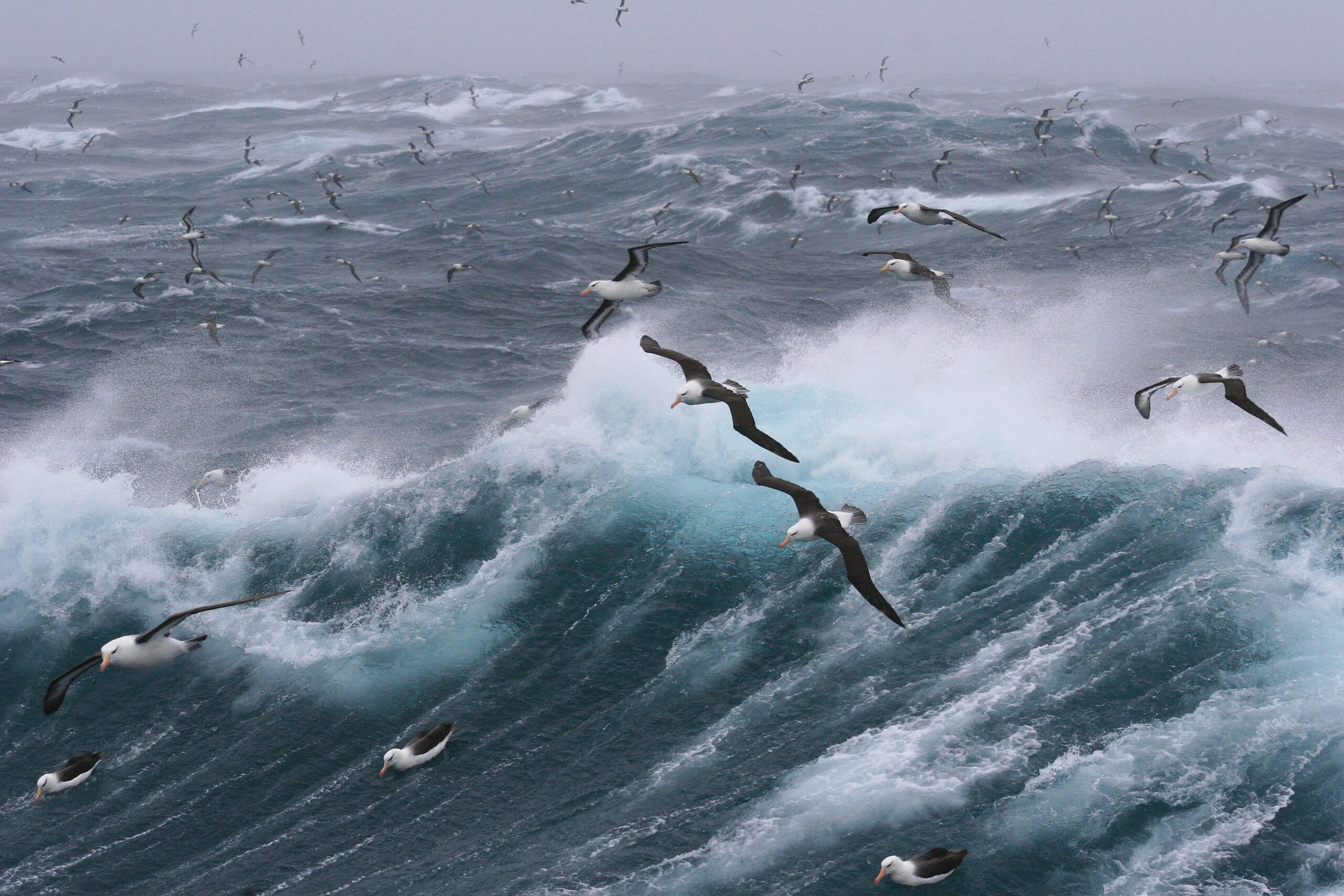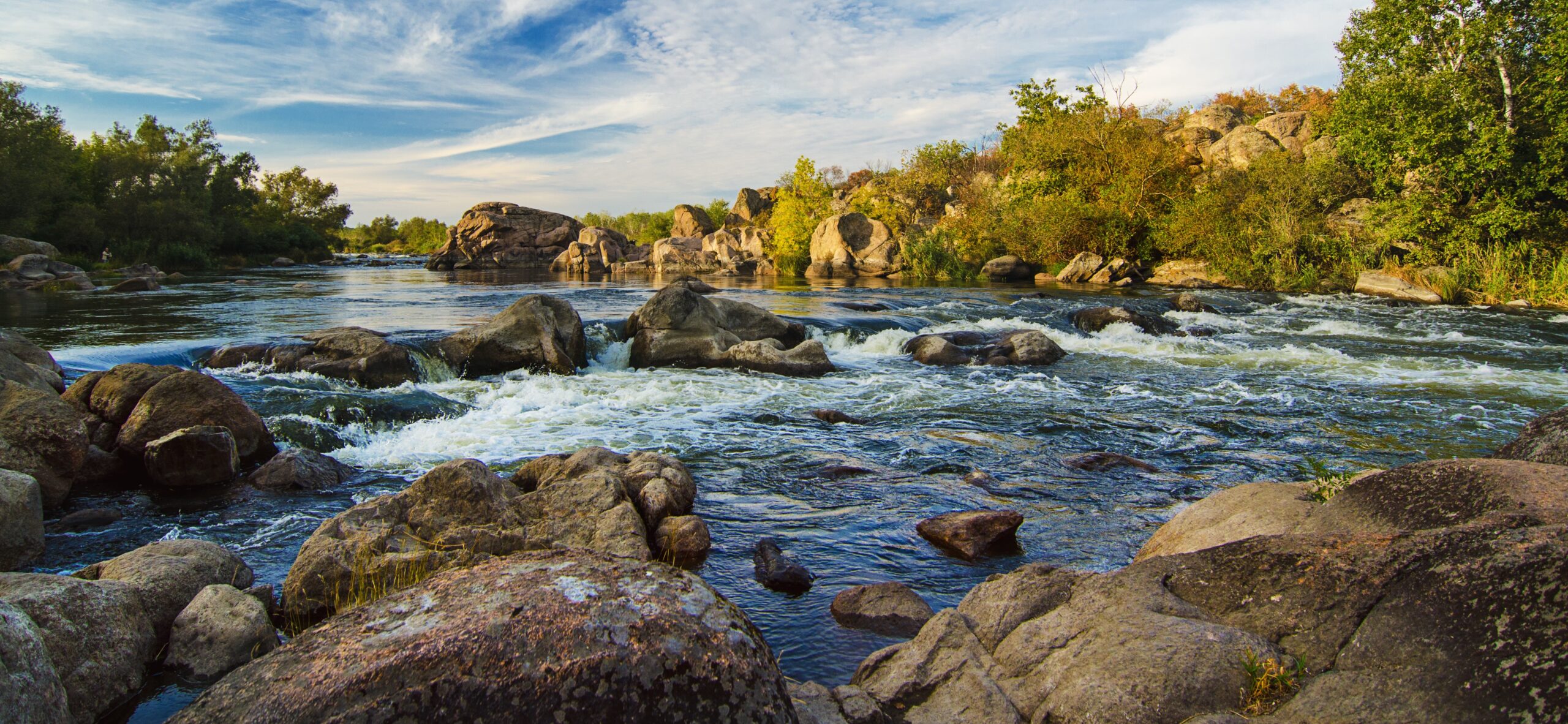
Fact Sheet
Coastal Hazards and Risks
Overview
In recent years, sea level rise and the increasing frequency and strength of severe weather events have become major challenges for coastal communities, where flooding has caused billions of dollars in damage to both natural (i.e., wetlands) and built (i.e., sea walls) infrastructure. Building off of federal programs like NOAA’s Coastal Zone Management Act, which provides matching funds to states and local governments to develop coastal protection programs, many state legislatures have instituted task forces focused specifically on creating resilient coastlines. These projects include flood and storm-resilient infrastructure, impeding coastal erosion, and rebuilding, protecting, and preserving natural flooding buffers like wetlands.
Key Points
Key Point 1
Coastal communities provide 45 percent of the US gross domestic product. (NOAA)
Key Point 2
Sea level rise magnifies the impacts and damage of storms by raising the base on which storm surges (flooding caused by extreme weather events like hurricanes) build. (U.S. EPA)
Key Point 3
Coastal cities suffering from rising seas will suffer disproportionately higher damage costs. In one city, an 11 cm sea level rise would double the cost of damages to the city if no action is taken to improve infrastructure. (Potsdam Institute for Climate Impact Research)
Key Point 4
Coastal wetlands provide vital ecosystem services, such as flood protection, erosion control, chemical filtration, carbon sequestration, and fisheries, and are valued at billions of dollars. (U.S. EPA)
Legislation
- Maine’s LD 1095 (2018), modeled after New Hampshire’s commission of the same name (SB 163, 2013), establishes the Maine Coastal Risks and Hazards Commission, a working group charged with developing and proposing legislation and actions to address coastal hazards.
- Louisiana’s SB 71 (2005) established LA’s Coastal Protection and Restoration Authority (CPRA) which implements and enforces coastal restoration and protection. Act 523 (2009) requires CPRA to produce annual plans to track specific projects within a given year.
- California’s Coastal Commission works with coastal cities/ counties to plan and regulate coastal zone land use and water and administers development permits to property owners.
- New York’s A06558 (2013), the Community Risk and Resiliency Act, requires that state funds, regulations, and permits consider the effects of climate change and extreme weather events; includes a provision that focuses on sea level rise, storm surges, and flooding.

Empower State Environmental Champions
Your donation funds the fight for equitable actions that protect the environment and our health.
Donate